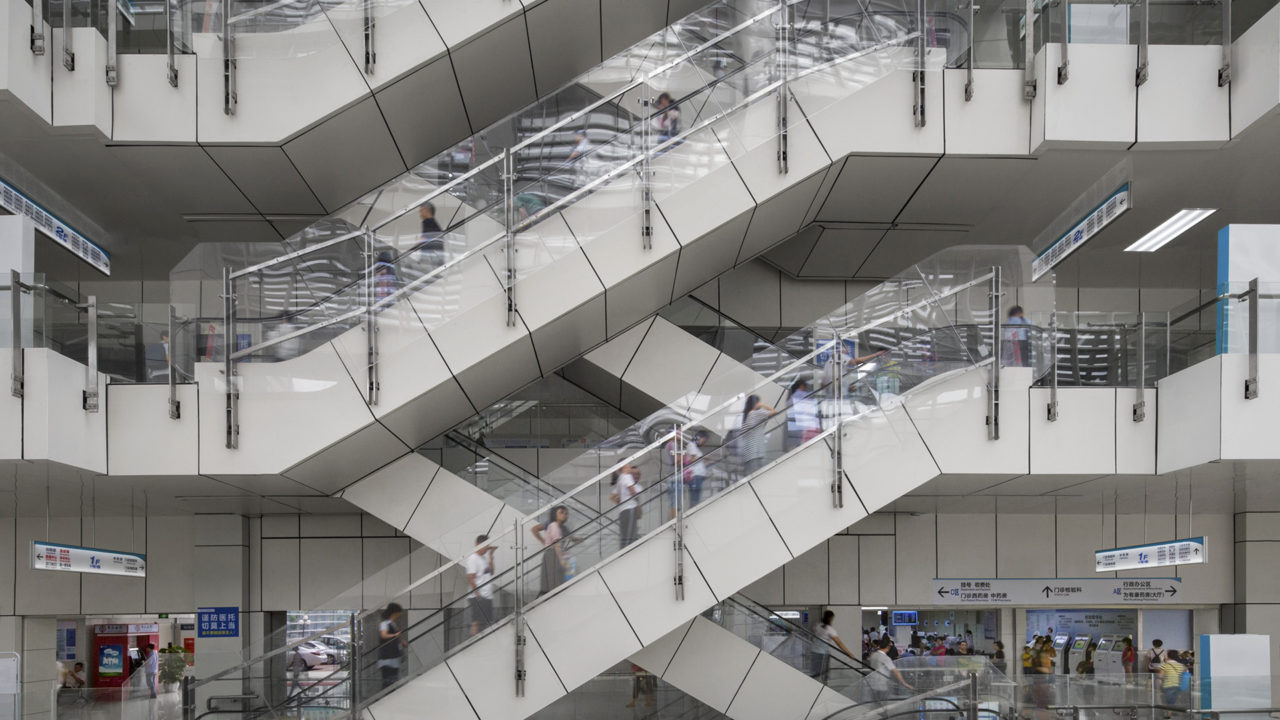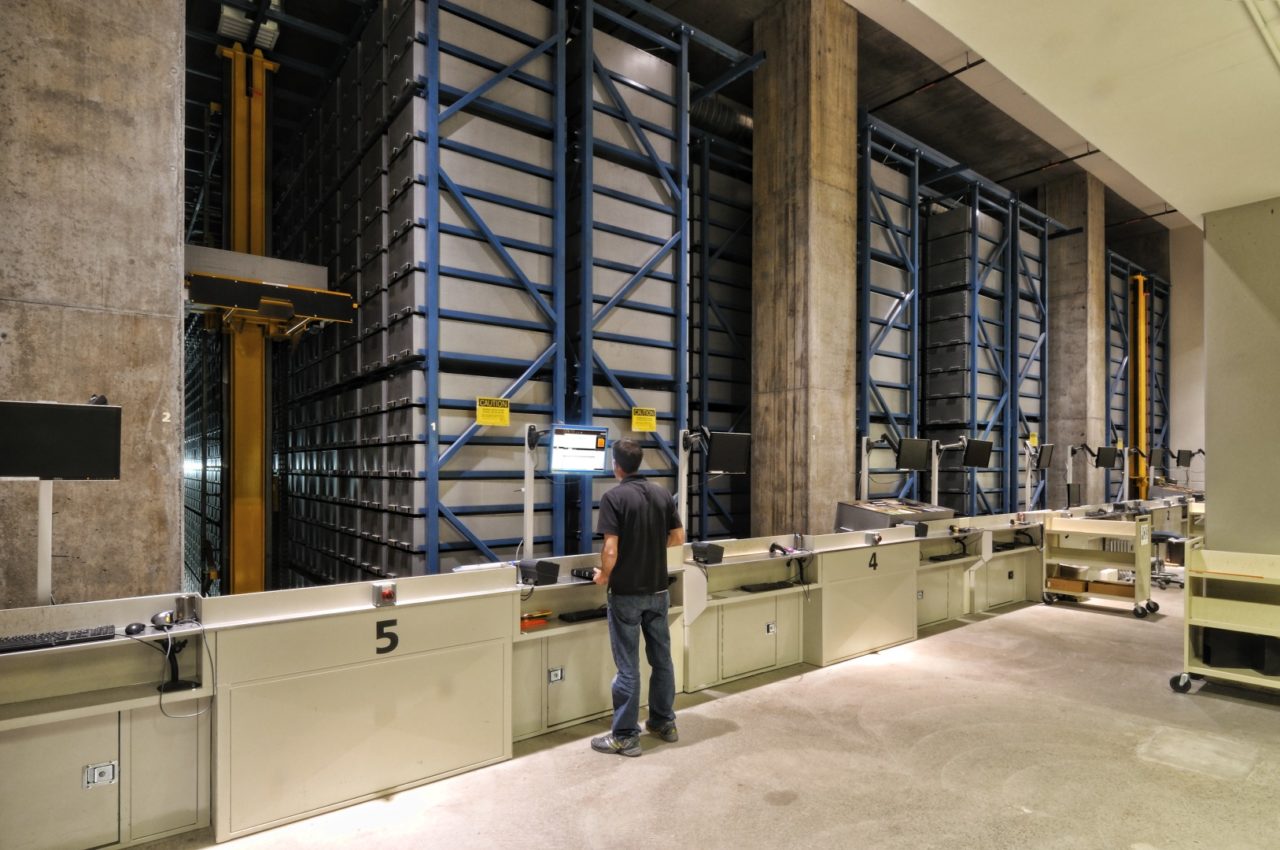As our world continues to advance, so too must the design of buildings. Smart buildings are becoming more commonplace and more advanced as technology continues to improve. These range from the integration of software and design concepts to sensors and greater reliance on technology and automation. Smart building architects understand current technologies and keep up with projections for the future to incorporate the features that best support our client’s needs. We design buildings that cater to modern aesthetics and needs and make sure that spaces are flexible enough to be relevant for years to come.
Challenges for Smart Building Architects
With all the excitement that the future of architecture brings, there will certainly be challenges for smart building architects to address. The biggest one, which we are currently beginning to understand, is data security and privacy. As more of our world is automated, there is greater data about building inhabitants collected.
Today, people are more aware than ever of how their data is being used. While it’s incredibly convenient to have smart buildings with sensors that automatically adjust lighting, temperature, and more, the tradeoff is that we may also be monitored 24/7.
Another challenge with the advancement of technology and automation is that many jobs will evolve. What is now being done by a human may be done by a computer, or possibly even a robot. This is already transforming labor-intensive job markets, where repetitive work is being switched to “smart” machines (sometimes referred to as ‘machine learning’, which is a subset of artificial intelligence) that learn while doing. Yes, these machines can actually teach themselves how to do things. This trend will no doubt continue as our technologies become more sophisticated.
Luckily, there are plenty of advantages to future-thinking that smart building architects can use in their designs.
Primary Advantages of Smart Buildings
There are several advantages to smart buildings over traditional building design techniques. A few of them are:
- Data. When there are sensors in the building, they can collect and aggregate data into a database that can be turned into a dashboard and visualized. By visualizing the data, it becomes more readable and legible patterns begin to emerge. With these trends and patterns, clients and design teams can make decisions about how to make the building perform better over time. The building operates like a computer in this sense. Its operating system can be upgraded to perform more optimally as we continue to learn and as occupants and uses change over time.
- Energy. Smart buildings can use algorithms to self-adjust, depending on the microclimate, in real-time. This can ultimately save enormous amounts of energy, upfront and operating costs, and carbon production. Building life spans will also be longer, lowering the needs for eventual replacement.
- Functionality. The more that is known about the inhabitants and spaces in a building, the better these spaces can perform. Decisions can be based on data and simulations, which will inform what to do with spaces as needs and populations inevitably change with time. This results in enhancing the functionality of a building and allowing it to have a longer lifespan.
Smart buildings have certainly made our lives easier in many ways. The advantages in all of the above areas make quite a compelling argument for clients to implement them into their facilities. However, as technologies continue to develop at a rapid pace, we must be conscious of how best to mitigate the unforeseen risks that might result from our buildings becoming too smart which delves into an ongoing discussion surrounding privacy concerns.
 Designing for the Future of Architecture
Designing for the Future of Architecture
While there is no way to predict the future, it is possible to consider data from past facilities to inform future decisions. Research in other fields can also help us to make predictions about what we should be anticipating moving forward in the design world. We believe that the architecture of the future will not be relegated to standard building materials, as we know them.
The advancement of 3-D printers opens the door to being able to “print” buildings with a wide variety of materials in an additive manner, rather than a modular manner. Using this technology will reduce the need for staging areas, material logistics, supply chains, construction sequencing, and more. Because of this new way of thinking about what materials buildings can be made from, buildings may look totally different than they do now.
The rise of autonomous vehicles is also going to change the world of architecture. As self-driving cars are developed and integrated into our society, the infrastructure will be changing in ways we can’t even fully understand yet. Cities might become even more vertical, with entry portals on more surfaces. The land will be freed up for pedestrian use, allowing for more options for open space and building densities.
 At HMC Architects, we are fully embracing smart building design, both by incorporating it into the client’s designs, but also integrating it into our own offices. We are in early discussions with the Microsoft Azure Digital Twin program to outfit our Ontario office as a “Digital Twin”. It will include sensors and monitoring and will allow us to use collected data for simulations to determine future office decisions, including workspace design, space utilization, technology needs, parking needs, and thermal comfort. Using our own offices as experimental learning labs, we’re excited about the possibilities of this program, working that knowledge into our collective expertise, and implementing it for our clients in the future.
At HMC Architects, we are fully embracing smart building design, both by incorporating it into the client’s designs, but also integrating it into our own offices. We are in early discussions with the Microsoft Azure Digital Twin program to outfit our Ontario office as a “Digital Twin”. It will include sensors and monitoring and will allow us to use collected data for simulations to determine future office decisions, including workspace design, space utilization, technology needs, parking needs, and thermal comfort. Using our own offices as experimental learning labs, we’re excited about the possibilities of this program, working that knowledge into our collective expertise, and implementing it for our clients in the future.



